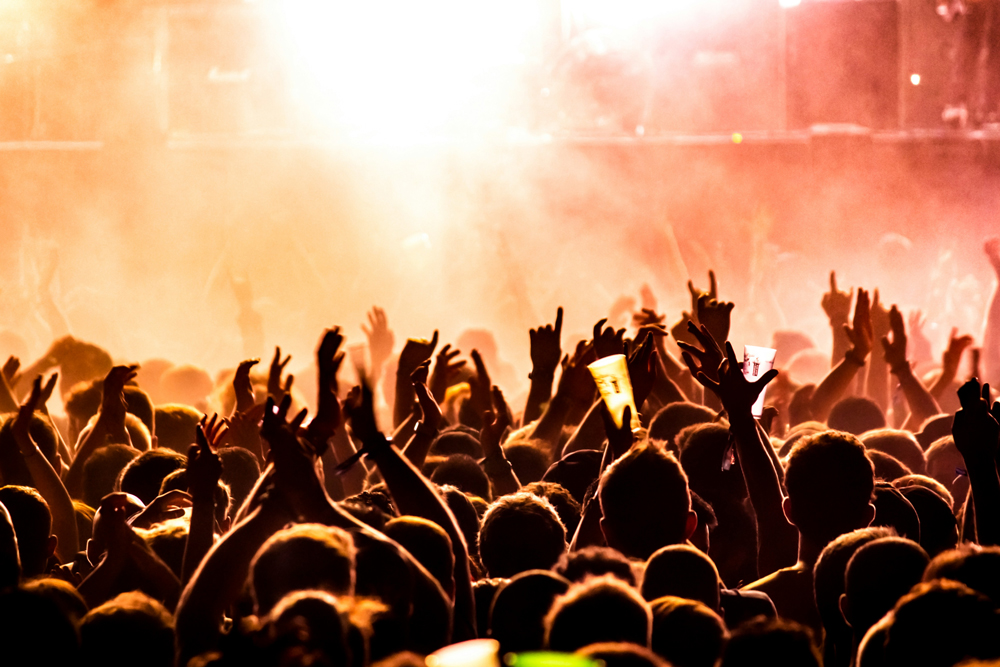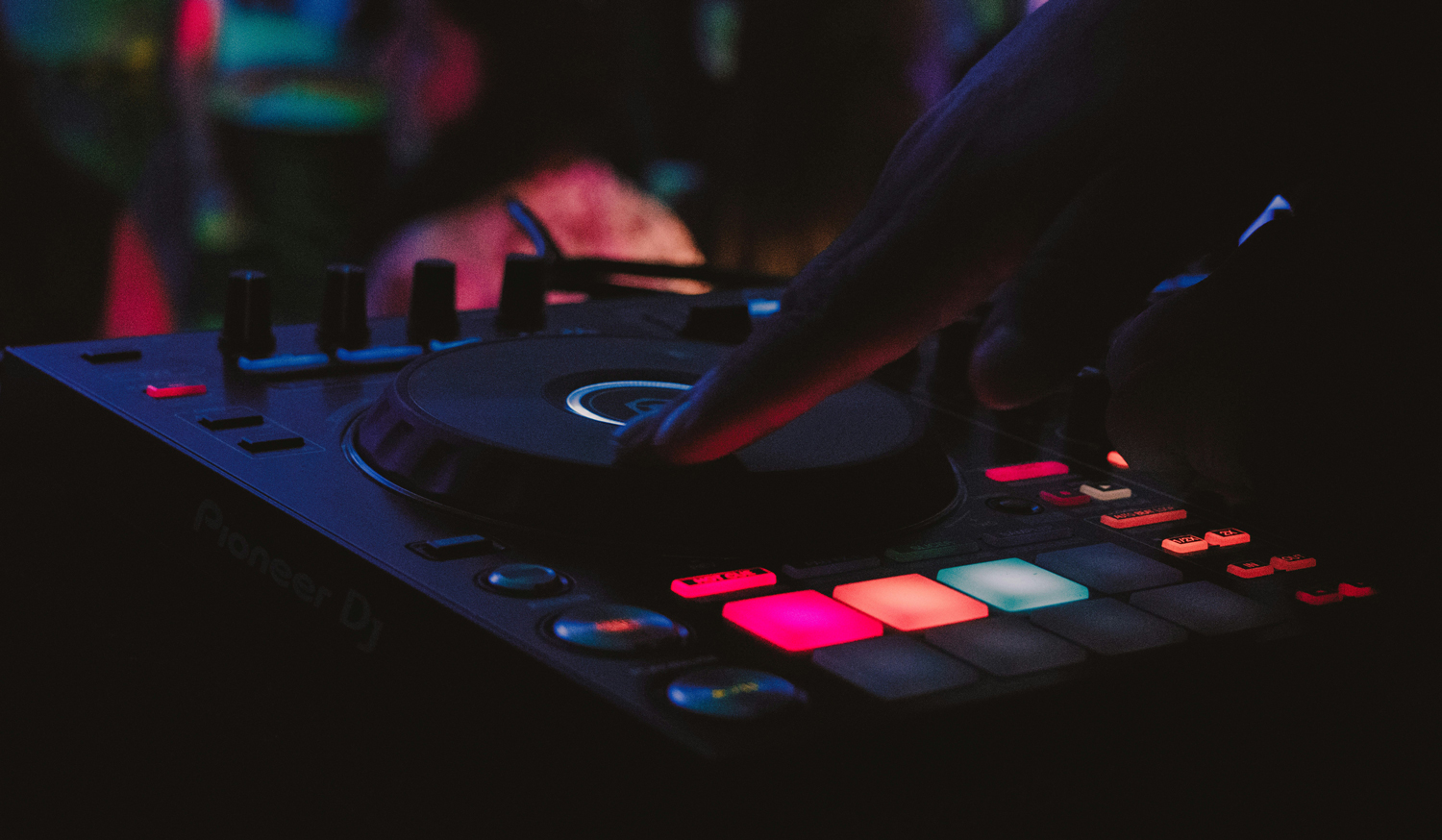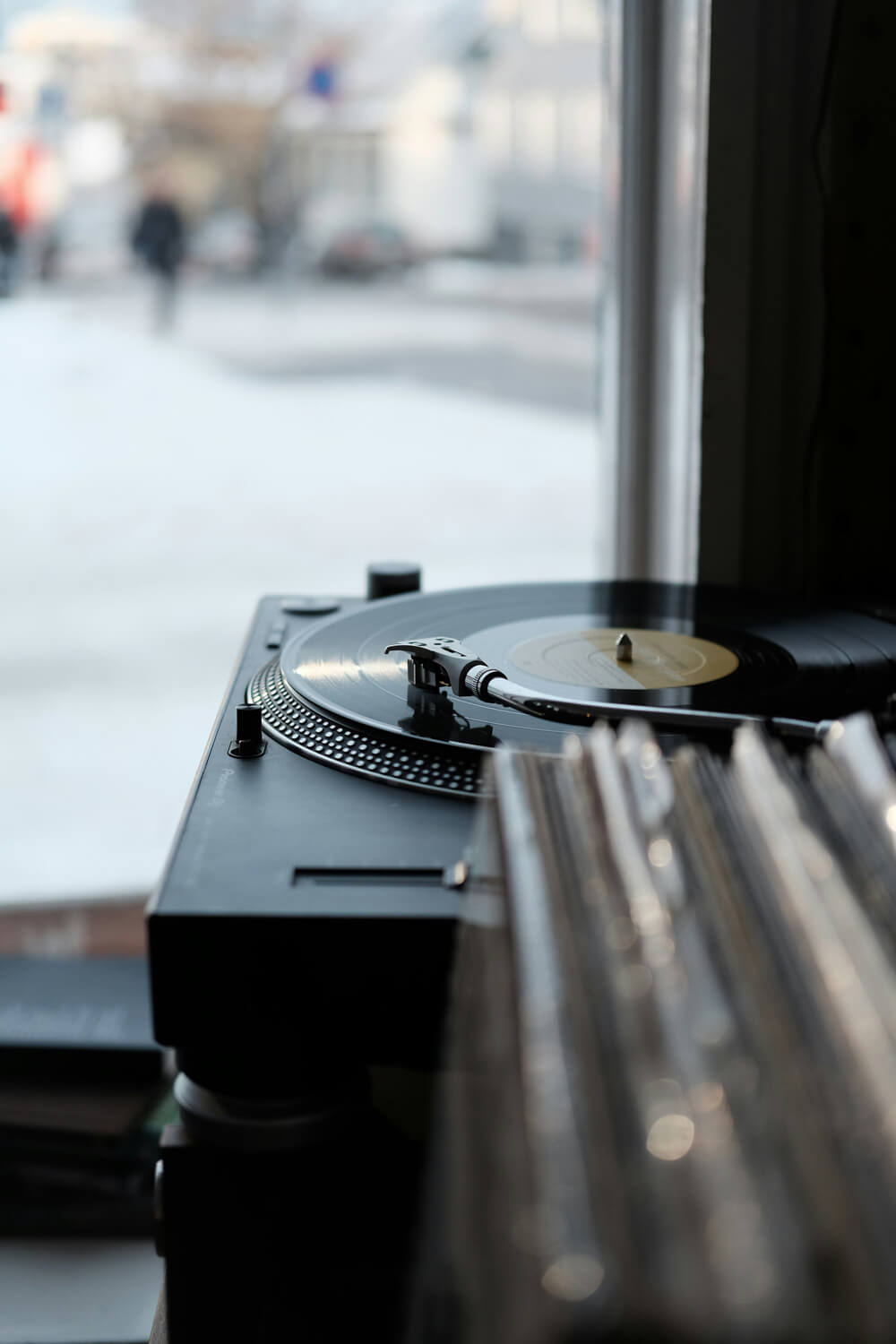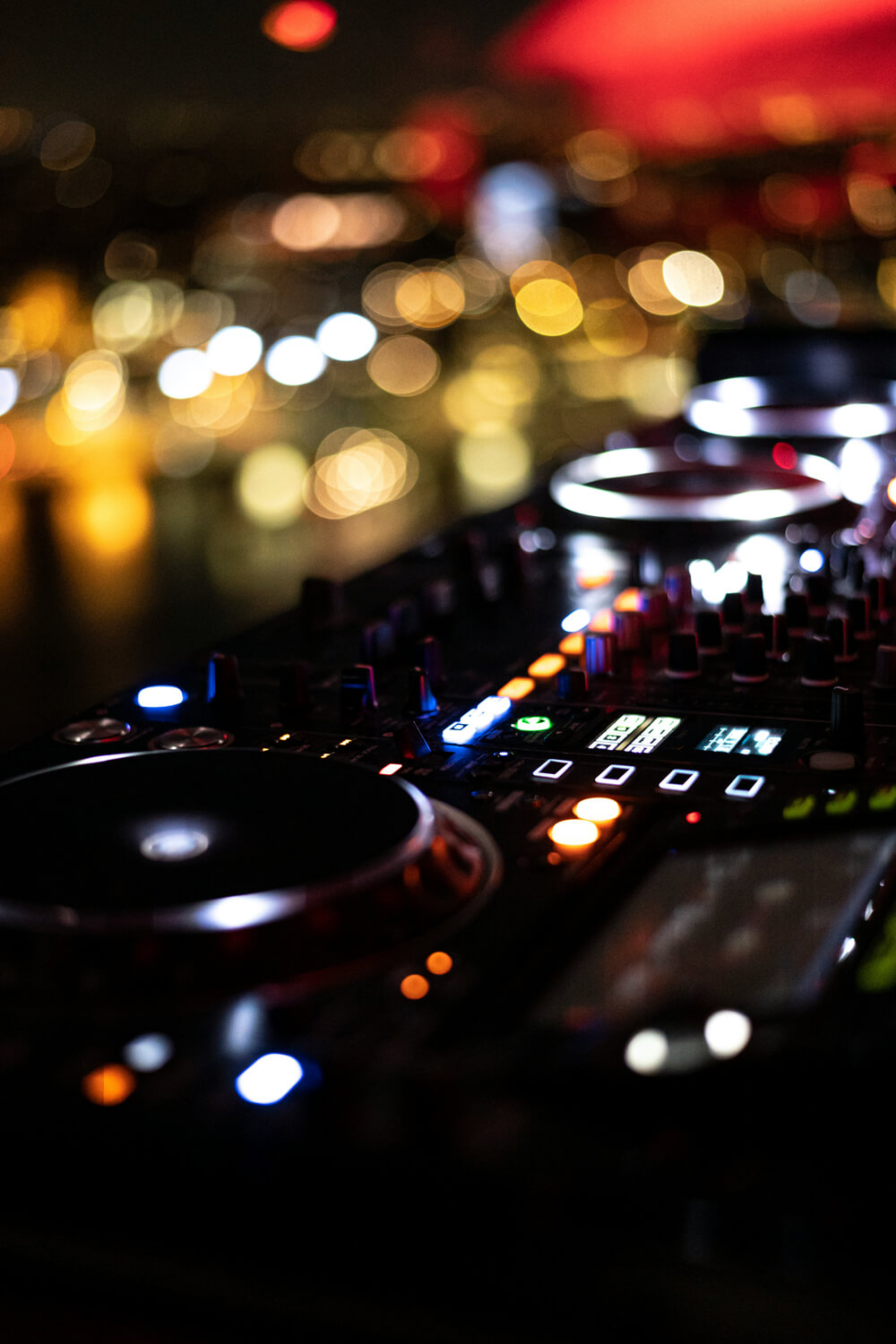
Is the Soundclash World Delusional?
The Soundclash world has long been a vibrant subculture, one built on creativity, competition, and an unwavering dedication to the art of sound. But as the culture evolves, so do the questions about its sustainability—and at the heart of the discussion lies the pricing issue. Are sound systems hiding behind high prices? Are promoters and fans shouldering the weight of dubplate costs, or is this a sign of a larger issue? Let’s dive into these questions.
“Yet, not all sound systems have the pulling power to justify their fees.”
The Price of Dubplates: A Necessary Evil or Overpriced Prestige?
Dubplates have always been a cornerstone of Soundclash culture. These exclusive tracks, often featuring customized lyrics and rare instrumentals, give sound systems their unique edge, making every performance distinctive and memorable. This creative element fuels the competitive spirit of Soundclash, but it comes at a high cost. The cost of dubplates has skyrocketed in recent years, sometimes reaching thousands of dollars for a single recording. For many sound systems, this expense is justified as a way to solidify their reputation and attract fans.
But here’s the question: are dubplates priced too high for their actual value? While these exclusives undoubtedly add flair, some argue that the costs have become unsustainable, especially when smaller sound systems are forced to compete against financially well-backed giants. The industry’s love for exclusivity has unintentionally created an economic barrier, pushing some talented sounds out of the game altogether.
Can Sound Systems Justify Their Fees?
Another hot topic is the fees charged by sound systems for their performances. For example, some sound systems demand fees that similar to those of rival top-tier sound systems despite not having the same audience-pulling power. This raises the question of whether these costs align with the actual value they bring to the table. Promoters often face steep booking costs that they must recoup through ticket sales. Yet, not all sound systems have the pulling power to justify their fees. Are sound systems overestimating their draw, or is the value they bring to an event more nuanced?
Some may argue that clash attendance is the promoter’s job in marketing the event, but you can’t sell a product with no value. It’s a valid point, but it also exposes a contradiction within the industry. Delusion seems to play a massive role here. Think of a chef claiming their dish is the best in the world, but when served, it’s bland and unremarkable. Similarly, some sound systems act as though they are dominating the market based on their activity. But is there actual demand for these sounds—measured by people showing up to support them?
Let’s face it: many of the clashes we want to see today could represent a significant down payment on a house or other major investment. Are sound systems hiding behind inflated prices instead of declining events out of fear of backlash? This raises an uncomfortable but necessary question about whether performance fees reflect the realities of audience support.

The Promoter’s Dilemma
Promoters sit at the intersection of these pricing woes. They’re tasked with ensuring an event is profitable while juggling high costs for sound systems, venue logistics, and marketing efforts. For example, recent events have seen promoters struggle to break even due to inflated fees, even when ticket prices were pushed higher to cover expenses. When venue expenses and performance fees are factored in, the margin for profit narrows dramatically. This leaves many questioning whether the financial structure of the Soundclash world is sustainable.
Of course, hosting an event isn’t cheap. But one would imagine the goal is to turn a profit—not take a loss. Oftentimes, things are “done for the culture,” but why can’t everyone eat? Including the promoter who puts the event together.
Moreover, when sound systems fail to bring a sizable audience, promoters shoulder the losses. This issue leads to a more significant debate: is the culture at risk of cannibalizing itself? If promoters can’t recoup their investments, they’ll eventually abandon the scene, leaving sound systems with fewer opportunities to showcase their talent.
Are Prices Alienating Fans?
At the other end of the spectrum, fans are feeling the pinch. Higher event costs often translate to higher ticket prices, leaving many potential attendees priced out. Fans have voiced concerns online about feeling excluded from the culture due to these financial barriers, highlighting the growing disconnect between sound systems and their audiences. This creates a vicious cycle: smaller audiences mean lower returns, pushing promoters and sound systems to further hike their prices. The result is a shrinking base of fans who can afford to engage with the culture.
The Path Forward
The Soundclash world needs a reality check. While exclusivity and prestige are integral to the culture, the current trajectory is unsustainable. Sound systems must ask themselves whether their fees and dubplate expenses align with the actual value they bring to events. Similarly, promoters must reevaluate their business models to ensure ticket prices remain accessible to fans.
Collaboration of promoters, sound systems, and even the artists could be the key to breaking this cycle. For instance, sound systems and promoters could implement pricing structures to accommodate more attendees. Focusing on bringing more engaged audiences with quality events at a good cost could foster a more substantial fan base while reducing logistical costs. Could dubplate prices be standardized or capped to make them more accessible to smaller players?
The Soundclash world is at a crossroads. It can either continue escalating costs and shrinking audiences or adapt to foster a more inclusive and sustainable environment. The culture has always thrived on innovation; now is the time to extend that creativity to its financial model. Otherwise, the very art form that sound systems seek to protect may crumble under the weight of its own delusions.
Subscribe to newsletter
You may also like
The Rise of Solo Clash Selectors/MCs VS. Traditional Clash Sound Systems
The dancehall sound clash culture, deeply rooted in the competition between sound systems, has evolv
The Evolution of Soundclashes: 45 Records vs. Dubplates?
A trend that has always existed to some extent is now becoming more prominent: incorporating 45 reco
The State of Sound Clash Culture: Challenges and Opportunities
Sound clash culture, a cornerstone of reggae and dancehall music, has been a defining force in shapi



